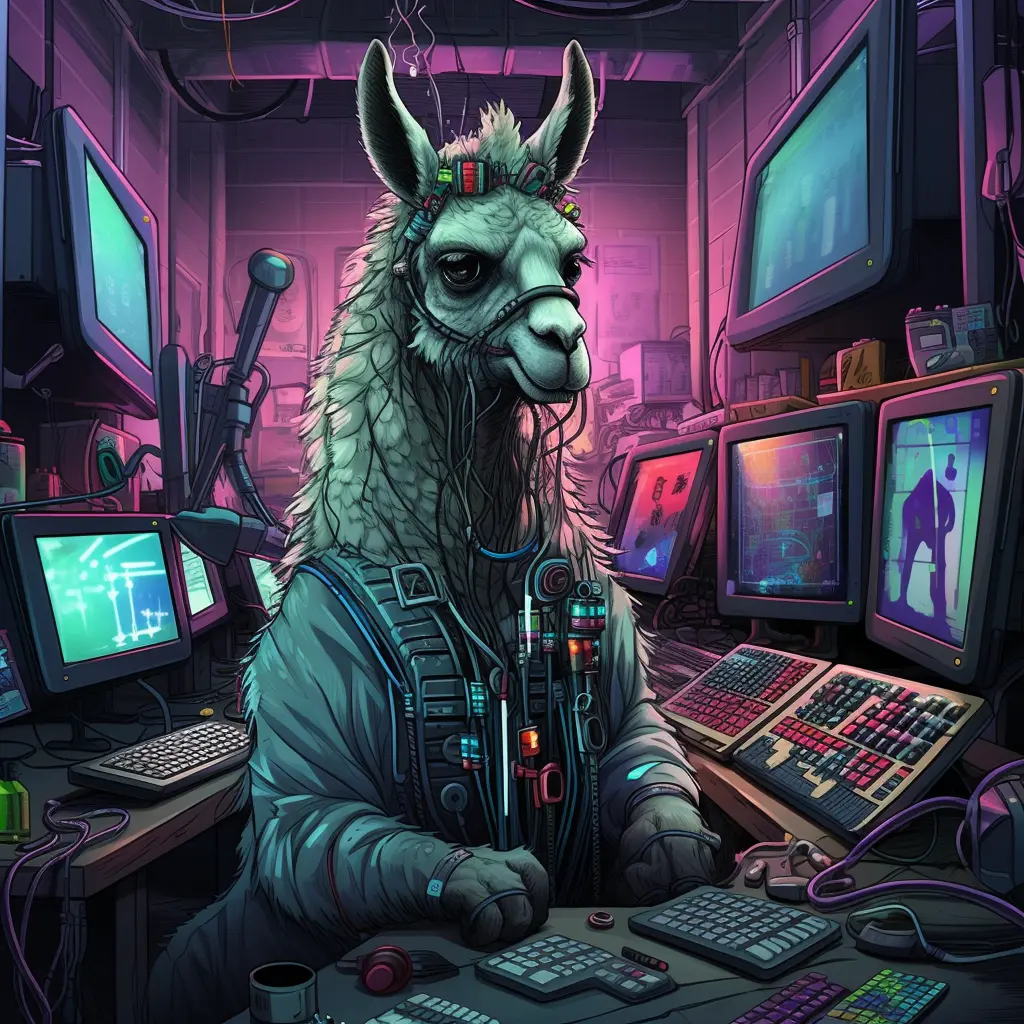A few people here tried the Goliath-120B model I released a while back, and looks like TheBloke has released the quantized versions now. So far, the reception has been largely positive.
https://huggingface.co/TheBloke/goliath-120b-GPTQ
https://huggingface.co/TheBloke/goliath-120b-GGUF
https://huggingface.co/TheBloke/goliath-120b-AWQ
The fact that the model turned out good is completely unexpected. Every LM researcher I’ve spoken to about this in the past few days has been completely baffled. The plan moving forward, in my opinion, is to finetune this model (preferably a full finetune) so that the stitched layers get to know each other better. Hopefully I can find the compute to do that soon :D
On a related note, I’ve been working on LLM-Shearing lately, which would essentially enable us to shear down a transformer down to much smaller sizes, while preserving accuracy. The reason goliath-120b came to be was an experiment in moving at the opposite direction of shearing. I’m now wondering if we can shear a finetuned Goliath-120B to around ~70B again and end up with a much better 70B model than the existing ones. This would of course be prohibitively expensive, as we’d need to do continued pre-train after the shearing/pruning process. A more likely approach, I believe, is shearing Mistral-7B to ~1.3B and perform continued pretrain on about 100B tokens.
If anyone has suggestions, please let me know. Cheers!


A quick question: does it imply that it has 160 layers as a result? Afaik, Falcon has 80 layers (like Llama), and original GPT3 had 96. “Stack more layers” ©
Sooo… is “stacking 1000 phi 1.3b together” is a recipe for AGI? :)
The stacking wasn’t as simple as just taking one model and putting it on top of another. I took multiple layer ranges from each model (except first and last few, which are xwin only) and then stacked those slices on top of each other. In the end, the model has 136 layers because that’s how many I specified in the ranges. Otherwise we’d have a ~135B model (can’t stack input and output layers, they need to be unique and non-repeating).